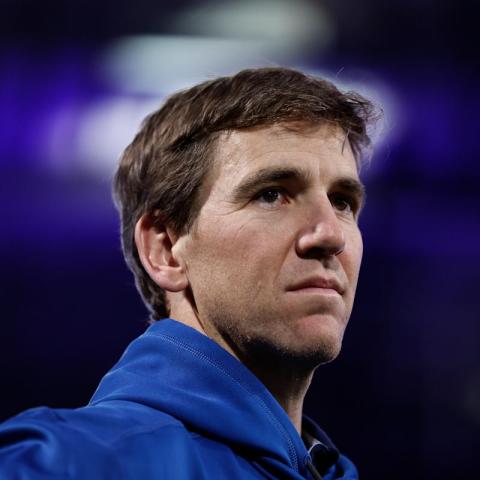The Minnesota Vikings have a new face in their backfield—a running back named Jordan Mason. He shares the spotlight with Aaron Jones after joining from the 49ers. In their recent game, they took turns handling the ball, showing that this duo is a key part of the offense.
Initially, Jones played the first two drives, but Mason took over on the third. From then on, the two switched off, each taking complete drives. This season, the Vikings aim for an equal split in their workload. While it was expected that Jones would handle passing downs and Mason would take early carries, they alternated without a clear distinction. This flexibility suggests that both players can be trusted in any situation, meaning either could be the lead option as the season unfolds.
Looking at last season, Jones’s playing time varied widely—from 51% to 92% of offensive snaps. Meanwhile, Mason could potentially rise if he delivers strong performances. The current setup is worth monitoring, as NFL coaches often adjust based on player performance.
Switching gears to the tight end position, T.J. Hockenson, previously limited by injury and depth in that role, is now getting more playtime. Last season, he was on the field for only 61% of offensive snaps. However, with fewer tight ends on the roster and an active offense, he has shown improvement this season.
On the other side, the Chicago Bears have had D’Andre Swift firmly establishing himself as the lead running back. There was anticipation that coaching changes would alter the backfield dynamics, but he continues to dominate. In this week’s game, Swift was utilized in all situations, though he averaged just 3.3 yards per carry. This performance might stem from an evolving offensive line, indicating room for improvement as the season progresses.
As for rookie Luther Burden III, despite being drafted in the second round, his chances for substantial playtime appear limited. Olamide Zaccheaus snagged the third wide receiver spot in most formations, while Burden rotated in less frequently. For fantasy players, it might be wise to keep an eye on Burden for now, but if his snap count doesn’t rise, it could be time to reconsider his roster spot.
Finally, Cole Kmet, the Bears’ primary tight end, maintains his status as an every-down player, although he faces competition from rookie Colston Loveland. Kmet’s usage has dipped slightly, but he remains a reliable option. Loveland may not be a starter yet but is still seen as a player with potential.
Overall, both the Vikings and Bears are shaping their offenses in intriguing ways. As the season progresses, the evolving roles of these players could strongly impact fantasy football strategies.
For more detailed analysis on player stats and dynamics, you can read more on PFF.





:max_bytes(150000):strip_icc()/VWH-GettyImages-2197495847-bdf26284a2c446418b5186f45dbc74be.jpg?w=480&resize=480,480&ssl=1)
















